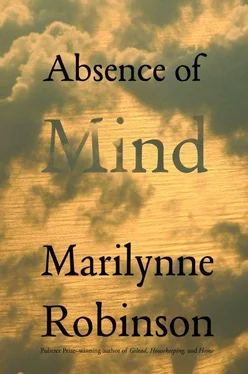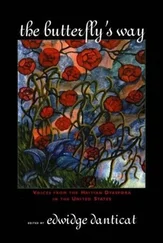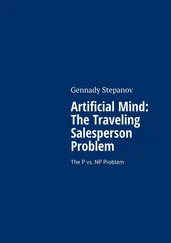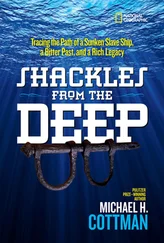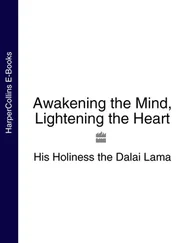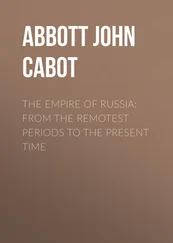Herbert Spencer had arrived at the conclusion a century earlier that altruism has its rewards. Yet he concedes the possibility of truly selfless behavior — which, he says, is attended by more than mere reciprocity. “Those [actions] which bring more than equivalents are those not prompted by any thoughts of equivalents. For obviously it is the spontaneous outflow of good nature, not in the larger acts of life only but in all its details, which generates in those around the attachments prompting unstinted benevolence.” Spencer’s posture is every bit as secular as Wilson’s. He is every bit as capable of understanding that altruism brings its returns — public health reforms keep cholera at bay — and yet he can also allow for true generosity. His little portrait of good nature seems almost Dickensian in the context, frank notice of the fact of human community and the pleasures of it, a consideration reliably missing from the sociobiological reckoning of motive and behavior. This may simply be a consequence of his writing more than a century before William Hamilton made his cost-benefit analysis— r × b c — purporting to show that kinship altruism could be brought under the aegis of self-interest by the understanding that it enhanced the likelihood of survival of one’s genes, the formula by which true monism was achieved. Over the years old altruism, the capstone of the Comtean positivist system, had evolved into an insubordinate datum in the grand scheme of rational self-interest, daring to trouble even Darwin himself, who found it among bees. Finally, by means of a mathematical formula, the truth was revealed and the sutures of the system closed. 12
I find it hard to believe that kinship altruism was where the real mystery lay, however, since the wish to live on in one’s descendants is not unusual, even if the words in which it is expressed have lacked imprimatur. Hamilton’s formula may have made the generosity of families toward their members comprehensible to the Darwinian mind, but it only sharpens the problem of stranger altruism, which does often appear when a need accessible to help is made known. Most of us have engaged at some time in the imaginative act of identification with the imperiled or suffering. We rehearse it often enough in ballads and novels and films, presumably refining our capacity for self-deception. I should note that later researchers applied game theory to the problem of stranger altruism and worked through the problem to their own satisfaction. They used the “prisoner’s dilemma,” which, to this poor humanist, seems liable to have prejudiced the outcome, since the given of that game is that each player tries to find a solution least harmful or most beneficial to himself. 13
Wilson’s use of lying, pretense, deceit, and, crucially, self-deceit to explain the reality behind manifest behavior is an important aspect in which Wilson has taken on an inflection of the modern that is not yet apparent in Spencer. A central tenet of the modern world view is that we do not know our own minds, our own motives, our own desires. And — an important corollary — certain well-qualified others do know them. I have spoken of the suppression of the testimony of individual consciousness and experience among us, and this is one reason it has fallen silent. We have been persuaded that it is a perjured witness. This is that rare point of convergence among the very diverse schools, Freudianism and behaviorism, for example, that have been called modern, and its consequences have been very great. If I seem to contradict myself, saying in the first place that subjective experience is excluded from this literature and then that it is impugned in it, this contradiction is itself a feature of the genre. Wilson finds in the experience of the altruist “lying, pretense and deceit.” Granting that he has said one thing three times — for emphasis, I suppose — he has nevertheless described the intense and calculating interior state of one who ventures a generous act, a state which, since it includes even self-deceit, disqualifies her or him from reporting another set of intentions. What evidence does Wilson offer for the truth of what he says? None at all. He only impugns contrary evidence, the persisting delusion among us that we ourselves do sometimes act from generous motives, and believe that we see others act from them. This is also typical of parascientific argument.
Altruism has been and still is an issue because Darwinist evolutionary theory has considered it to be one. Why would altruism persist as a trait, when evolution would necessarily select against the conferring of benefit to another at cost to oneself? Hamilton’s rule is thought to have resolved the issue by the power of cost-benefit analysis. A scenario involving the rescue of a drowning child demonstrates, mathematically, without the slightest reference to anything that has happened or might happen in the real world, that a parent would be likely to rescue a child of his own, since that child is presumably the bearer of half his parent’s genetic inheritance — possibly including the genetic predisposition to altruism. To quote Lee Alan Dugatkin, “If grandchildren are in need of rescue, the net benefit received by the altruist is cut in half,” and so on as the degree of consanguinity diminishes. 14Note the impossibly narrow set of factors in play here. The potential cost ( c ) is not the value — even genetic value — invested in the child by the rescuer and potentially lost by him but only the risk to the rescuer’s own physical well-being. Nor is the potential benefit ( b ) the emotional one of recovering the child, or even of feeling adequate to a critical situation, but only of enhancing the likelihood that a gene will survive into another generation.
All this is plausible if the experience and testimony of humankind is not to be credited, if reflection and emotion are only the means by which the genes that have colonized us manipulate us for their purposes. How are “we” to be located in all this? What are “we” if we must be bribed and seduced by illusory sensations we call love or courage or benevolence? Why need our genes conjure these better angels, when, presumably, the species of toads and butterflies whose ways are said to demonstrate the power of Hamilton’s rule flourish without them? What are “we” if our hopes of ourselves are higher than, or contrary to, the reality by which we are in fact governed? If these feelings are so strong for us that our true motives awaited the coming of sociobiology in order to be revealed to us, might not the hope of these illusory rewards have begun at some point to function as our true motive, one that would tend to express itself (given the nature of the deception) in ways that were altruistic in the ordinary sense of the word? And, assuming that termites are without illusion, does this possibility not create a problem for Hamilton’s rule, insofar as it is taken to be a description of both termite and human behavior? If these ingratiating deceits and delusions were called by kinder names, they might seem to argue for the kind of thing theology calls ensoulment. The so-called illusions, delusions, deceptions, and self-deceptions about which parascience as a project is so inclined to fret make up a great part of the margin between ourselves and the other creatures that we call our humanity. And, I will argue, they are the implicit subject of that project. So, clearly, they have an important reality. They are, whatever else, the workings of our species’ remarkable brain. To exclude them from consideration in an account of human nature makes no sense at all.
The Hamilton equation describes a circumstance that is entirely theoretical, and inevitably so. Instances of this ideal test, the drowning child imagined by J. B. S. Haldane, no less, the child who is to be rescued or not by kin or strangers, would be far too rare among possibly altruistic events to support generalization. Do elderly mothers go unrescued, being past their childbearing years? Do firefighters run into burning houses looking for kith and kin? In how many instances would those disposed to altruism die in the rescue of strangers whose genetic proclivities were entirely unknown to them? Then how likely would it be that a gene for altruism would persist in a population, given Hamilton’s account of it? Whether the formula can be applied to bees and termites and naked mole rats is a judgment that can be left only to specialists, though the observer effect must be assumed to be in play among specialists, too. And a reader in this literature has no more chance of testing the validity of their observations than she has of splitting a photon.
Читать дальше
